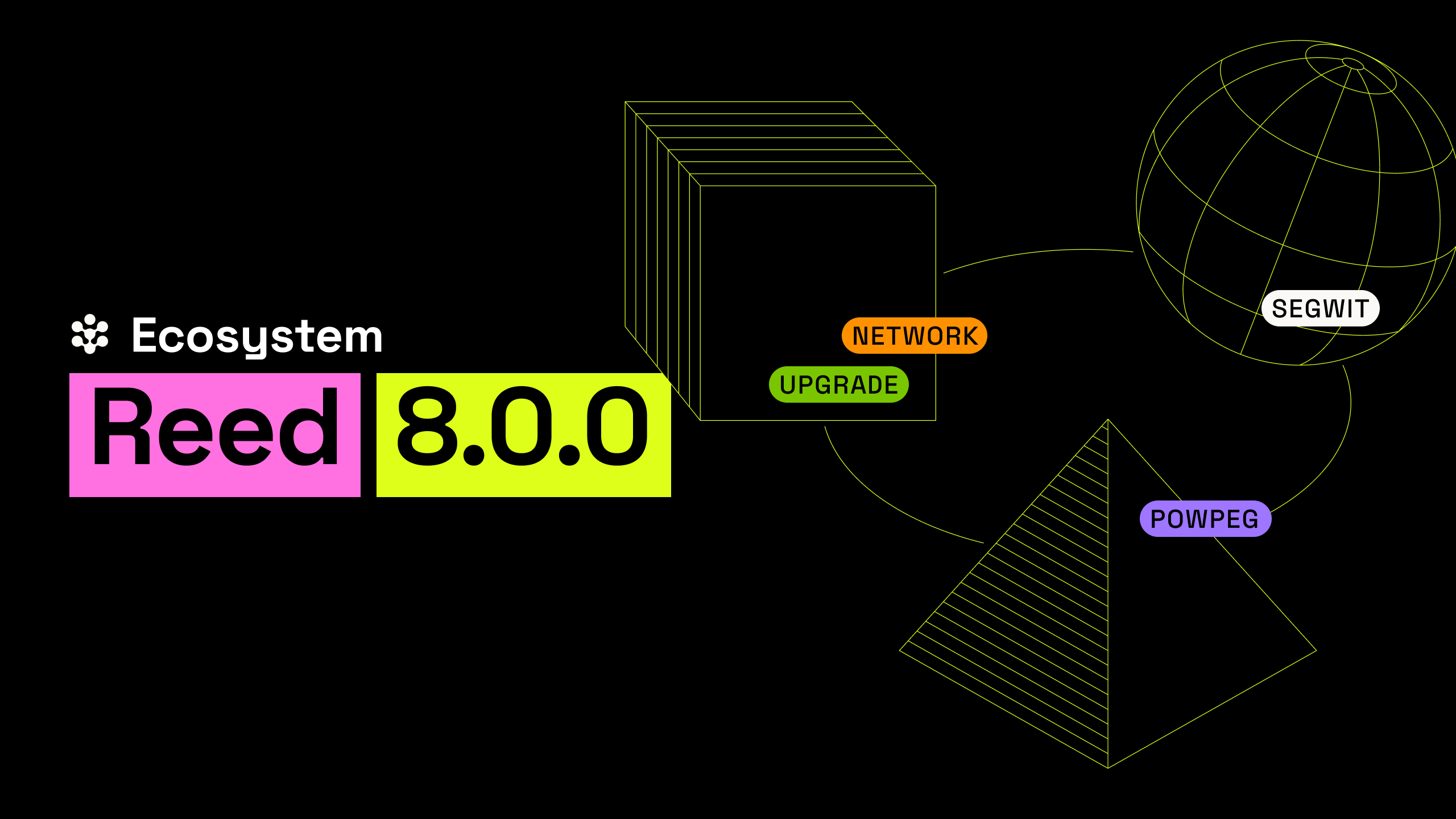Computing on Bitcoin #59
October 03, 2025 - Week 40
Welcome to a new edition of Computing on Bitcoin News.
This week, we’re reporting from BTC++ Berlin, focusing on Bitcoin Payments and Lightning, critical building blocks for scaling and driving broader adoption.
As always, we bring you the latest breakthroughs and emerging ideas on programmable and scalable Bitcoin.
Let’s dive in.
Thanks for tuning in to this week’s Computing on Bitcoin News.
We’ll return next Friday with more insights, tools, and stories from across the decentralized stack.
The Fairgate Team








